The fate of the president
According to the captain of the ship Gregory S. Brown, this aircraft carrier can be safely compared with a small town. And this is not an exaggeration. The huge ship, which, when fully loaded, has a displacement of 95 000 tons, a length of almost 332 meters and a width of 78,5 meters, carries on its 85 aircraft and 4 helicopters. In addition, "Eisenhower" is equipped with S-3 - aircraft "Viking". And in the event of a possible outbreak of hostilities, the number of aircraft can be increased to 100 units. The number of crews in the same case can be 6 287 seafarers, pilots and support staff, whereas usually the ship is staffed by a team of 4 700 people.
As for the interior of the ship, to navigate in its many corridors, even for team members, is not easy, so for the convenience of moving on its walls, special coordinates are indicated, which are combinations of letters and numbers corresponding to the location of an object.
The amount of food prepared on board the aircraft carrier during each day of the voyage looks no less impressive. Every day, it prepares over 20 meals, 000 hot dogs, 450 hamburgers, bakes 2 loaves of bread, eats 800 eggs, drinks 700 gallons of milk and 3 cans of soda. In addition, 840 gallons of fresh water are produced, which is also a daily requirement. A newspaper is published on board, and with the help of the TVs installed here you can learn about all the newsoccurring in the world, as well as see the weather forecast.
In addition to television receivers, information on board a ship can come from radars, sonars, satellites and airplanes. All of it is analyzed on the bridge. The captain, having received, for example, a map of the berth of interest with the help of an increase, can immediately receive information about the length of the piers and the exact location of the ships, and at the same time observe all the space surrounding the object, both sea and air.
Protection of the aircraft carrier by using a computer-controlled installation "Vulcan Phalanx" ("Vulcan Phalanx"). Its rate of fire is 4 500 shots per minute, and it is intended to destroy enemy missiles. The ship is equipped with two nuclear reactors that produce such amount of energy, which (in theory) may be enough for the ship to be continuously at sea for 18 years, but in reality the continuous navigation time of the aircraft carrier is 6 months.
For the period of one sailing on the Eisenhower, about 7 000 departures take place. Pilot training is first carried out on land, on a specially equipped model of the deck of an aircraft carrier. Then the pilots make a landing directly on the deck of the aircraft carrier with the obligatory presence of an instructor, and only after that they land alone, focusing on a system of lights painted in different colors and indicating a certain height. According to the accepted instruction, during the final landing stage, for several minutes, full radio silence is observed.
Landing an aircraft on board an aircraft carrier is a complicated matter, since the length of its deck is insufficient for the aircraft to travel and stop. In addition, pilots must also consider the movement of the ship, and the direction of air flow. When landing the plane goes down so low that it almost slides along the deck. During the exercise, produced on the "Eisenhower", landing takes place every 37 seconds, after which the aircraft is immediately removed from the runway. The entire landing process is recorded on videotape in order to subsequently undergo a detailed analysis. This makes it possible to maximize the actions of the pilots.
In conclusion, it must be said that the maintenance of such “universal machines” as aircraft carriers costs the American taxpayers 440 million dollars a year, and building a new ship of this type will cost 4,4 billion dollars. However, despite such astronomical sums, today an increasing number of countries are striving to have aircraft carriers in their fleets, even if they are not as large-scale as the Dwight Eisenhower.
Nuclear-powered aircraft carrier "Dwight D. Eisenhower" ("Dwight D. Eisenhower" CVN-69) - the second in a series of nuclear-powered ships of the Nimitz type | Laid on Newport NEWS Shipbuilding and Dry Dock Company 14 August 1970 | Launched 11 October 1975 | The 18 of October 1977 of the year was commissioned.
Technical specifications
The total displacement today is of the order of 100 000 t | The longest 331,7 m | The length of the waterline 317,1 m | Flight deck width 78,5 m | Width at the waterline 40,8 m | Draft 11,2 m | Nuclear Power Plant (2 Reactor, 4 Steam Turbines, 260 000 HP) | Speed around 30 nodes.
weaponry
3х8 launchers of the Sea Sparrow missile system; 3 20-mm six-barreled artillery installations "Vulcan Falans".
Aviation Armament
X-NUMX fighters F-20A, 14 fighters / attack planes F / A-36 Total 18 aircraft and 4 helicopter. Maximum can take 6 — 4 aircraft of various types.
Crew about 6 000 people. (including air staff).
Battle Merit
After commissioning, it became part of the Atlantic fleet. After 14 months of training the crew and the air group, he went on his first trip to the Mediterranean Sea (1979). He carried patrol duty in the Arabian Sea. To do this, made the transition from the United States around Africa from April 16 to May 8, 1980, and returned to Norfolk only on December 22, 1980. This was the longest voyage of the American ship for the entire post-war period - 251 days with the only 5-day parking in Singapore. After the Iraqi invasion of Kuwait, he was sent to the Persian Gulf, but on the way there on August 22, 1990, in connection with the arrival of other aircraft carriers in the Arabian Sea, he was returned to the United States. Thus, in Operation Desert Storm, he did not directly participate, but was on combat duty in the Arabian Sea shortly after its completion (from September 26, 1991 to April 2, 1992).
12 — 13 September 1994, together with the aircraft carrier America, made a cruise to the shores of Haiti in connection with the alleged invasion of this country (the operation was canceled).
In October, 1994 of the year went to 6-month voyage to provide combat training for female military personnel in the number of 400 people. All in all, 2001 made 8 trips to the Mediterranean Sea.
USA
In November 1961 of the year, the first aircraft carrier with a nuclear power plant, the VAN-65 Enterprise, was introduced into the American fleet. He was completely absent artillery and rocket armament - his defense was assigned to his own aircraft. The astronomical sum at that time in 450 million dollars spent on its construction left it alone in its series.
The first ship of the new series of nuclear aircraft carriers of the Nimitz type was laid in 1968 year. His brothers and to date continue to be the largest warships in the world.
The next ship of the Nimitz series still does not have a name, and in the documentation it passes under the designation CVN-77. Although this ship is nominally considered to be 10 in the series, it will be transitional in design between the Nimitz and promising CVX aircraft carriers, which will form the basis of the naval power of the United States in the 21st century.
CVN-77 will have fully updated electronic equipment and combat information control system. Instead of the usual “island” on the ship, it is supposed to install one or two small superstructures of a prismatic shape designed to minimize their effective dispersion area (EPR) - to reduce radar visibility, and the antennas will be replaced with phased arrays located on the side walls of the superstructures. For the same purpose, the aircraft lifters, in all likelihood, will again become deck, rather than airborne, as on all post-war ships.
Such promising aircraft carriers of the 21st century, like the CVX-78 and CVX-79, should become completely new ships. It is possible that instead of nuclear fuel, they will be transferred to the turbines. A novelty should be both electromagnetic catapults, and electromagnetic landing devices that will replace conventional catapults and aero-finders. At the same time, the development of promising aircraft for arming these ships is underway.
CVX-78 is planned to be laid in 2006, and commissioned in 2013. CVX-79, respectively - in 2011 and 2018. The service life of these aircraft carriers is defined in 50 years. Currently, the command of the US Navy believes that the fleet must have at least 10 aircraft carriers.
United Kingdom
In July, 1973, the first British post-war aircraft carrier Invinsible was laid. This ship, which entered service in the 1980 year, had a unique aircraft armament consisting of vertical takeoff / landing aircraft (VTOL) Harrier and a rather unusual look for a classic aircraft carrier. Its take-off deck closer to the nose ended up with a large springboard with an 70 mounting angle, calculated that the VTOL aircraft could take off not only vertically, but also with a short takeoff. This made it possible to significantly increase the weight of the weapons with which the aircraft could take to the air. In total, three aircraft carriers of this type were built - Invincible, Illustries and Arc Royal. These ships became the ancestors of a completely new type of aircraft carriers - carriers of VTOL, or aircraft carriers for aircraft with vertical / short takeoff / landing. At the moment, they form the basis of the sea power of Great Britain, although they can not be compared with the strike aircraft carriers of the US Navy - five times smaller displacement and only from 14 to 16 VTOL against 80 — 90 of “normal” aircraft. Two ships are constantly in service of the British fleet, while the third is being withdrawn to reserve for scheduled repairs or upgrades. According to preliminary plans, they must remain in service until 2010 — 2012.
Currently, a project is underway to develop aircraft carriers designed to replace Illustries-type aircraft carriers. Most likely, all the same VTOL aircraft will be based on this ship with a shortened springboard takeoff and landing on the aero-finisher. In terms of its architectural-constructive type, it is likely to be close to Russian aircraft-carrying cruisers.
India
India pursues a consistent policy aimed at the development of its carrier fleet. In 1986, an agreement was reached with Great Britain to purchase the Falkland War veteran - the aircraft carrier Hermes, which became part of the Indian Navy called the Viraat, and is still in service.
Russia
The appearance in the US Navy of nuclear submarines armed with Polaris I missiles raised the question of the organization of the antisubmarine defense of the far zone to the Soviet Navy. For this we needed a ship with a group-based anti-submarine helicopter. Its technical design was approved in January 1962. For the long-range detection of submarines, a powerful hydroacoustic station was installed for the first time in the subquillous retractable fairing. In the hangars of the ship housed 14 anti-submarine helicopters Ka-25. The lead ship of the series received the name "Moscow", the second - "Leningrad". By the beginning of the sea trials on the "Moscow" was installed 19 new samples weapons and technical equipment that has not yet been put into service, and in 1972, the ship received the first vertical take-off and landing aircraft (VTOL) on its deck. But since the ship, armed only with helicopters, could not lay claim to ocean domination, the result was a project of a heavy aircraft-carrying cruiser. It was equipped not only with aircraft, but also with missile attack weapons. A total of 3 of such ships (project 1143) - Kiev, Minsk and Novorossiysk were built, intended for group-based 16 of vertical takeoff of Yak-38 and 18 anti-submarine helicopters.
For the Riga-type TAKR (project 1143.5), for the first time in the domestic fleet, basing of horizontal take-off and landing jet aircraft was envisaged. Initially, the installation of catapults was planned, but later they were replaced with a springboard. Now this ship is the only operating aircraft carrier of the Russian fleet and is named “Admiral of the Fleet of the Soviet Union Kuznetsov”, it is based on the world's best deck fighters Su-33.
The latest achievement of domestic shipbuilding was the beginning of the construction of nuclear aircraft carriers on the project 1143.7. On a ship with a displacement of about 75, 000 T was planned to accommodate up to 70 aircraft, two catapults, a springboard and aerostreaters, as well as attack missile weapons, consisting of 16 vertical launchers. A nuclear power plant could provide the ship with a speed of about 30 nodes. But after the complete cessation of funding by the end of 1991, the ship, almost one-third ready, was cut right on the stocks.
Domestic aircraft carriers have never been classic aircraft carriers, since their main attack weapons are rockets, not aircraft and helicopters.
France
The first post-war aircraft carrier of the French construction “Clemenceau” was commissioned in November 1961 of the year, and “Foch” of the same type with it - in July of the 1963. Both were upgraded to house the new aircraft. In 1980, it was decided to build two nuclear ships, but only Charles de Gaulle, the only aircraft carrier of the French fleet, was built. He has an original silhouette - his “island”, created with elements of “stealth” technology, is strongly shifted to the nose. The construction of this ship, according to various sources, cost from 3,2 to 10 billions of dollars, which, in fact, led to the abandonment of plans to build the next ship.
The Chakri Nareubet was built by the Spaniards on the order of the Thai Navy based on the Principe de Asturias project, although it is inferior in size. It is possible that the construction of another light aircraft carrier for Thailand will soon be awarded a contract with Germany.
Other countries
As for the rest of the countries, such countries as South Korea, China, and Japan show the greatest interest in light aircraft carriers with vertical take-off aircraft. According to some reports, studies are underway on this issue in Germany.
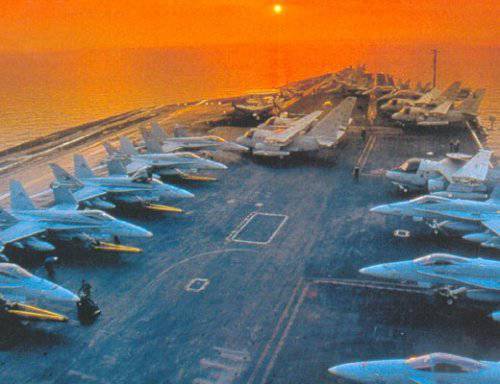
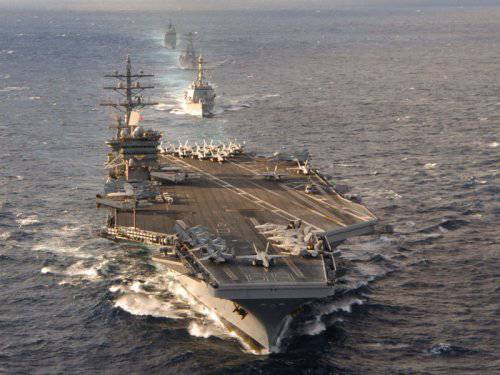
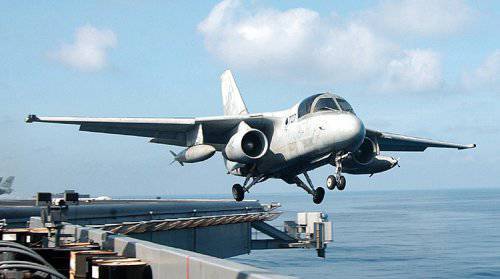
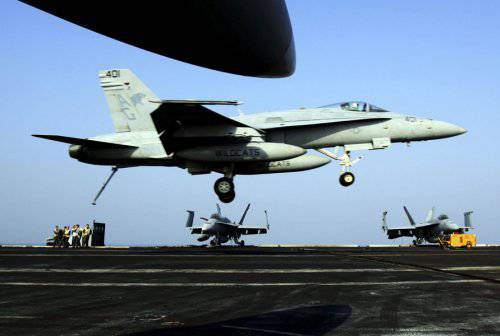
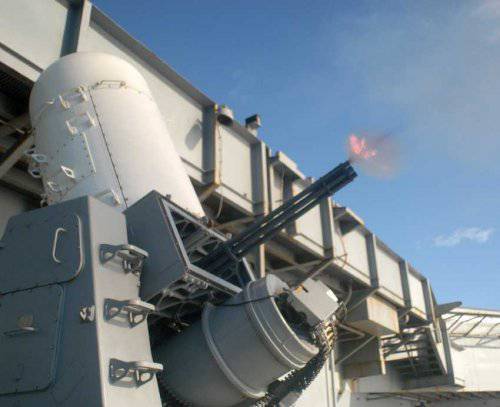
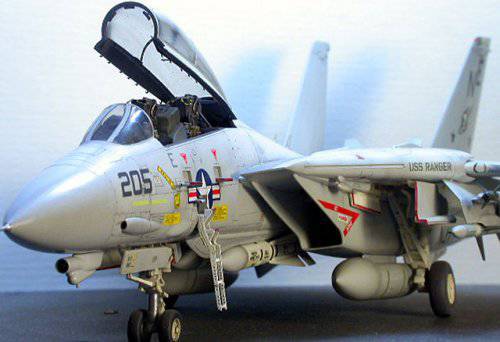
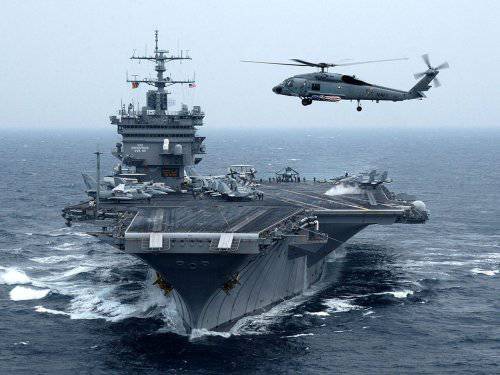
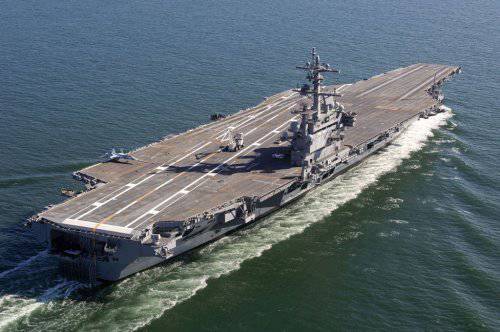
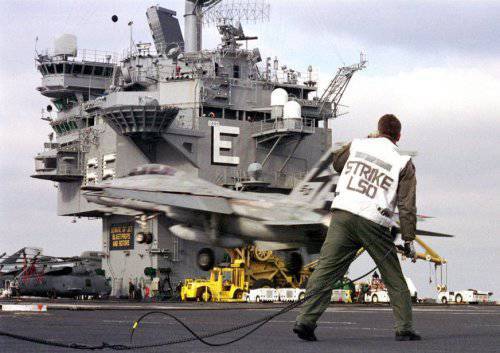
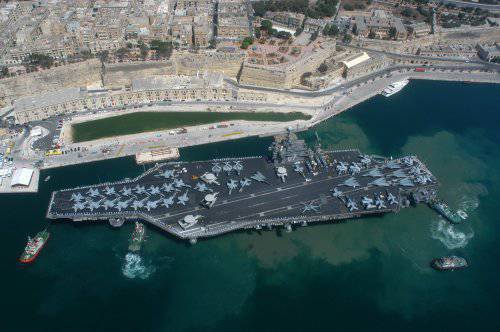
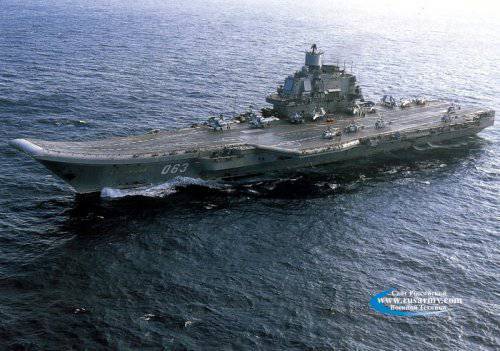
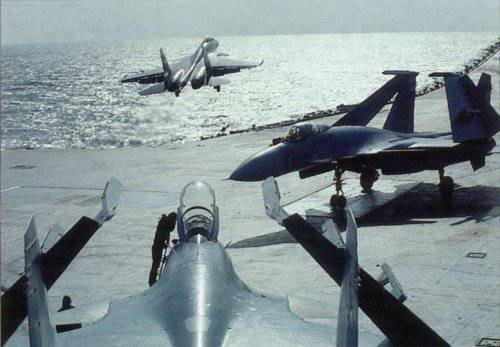
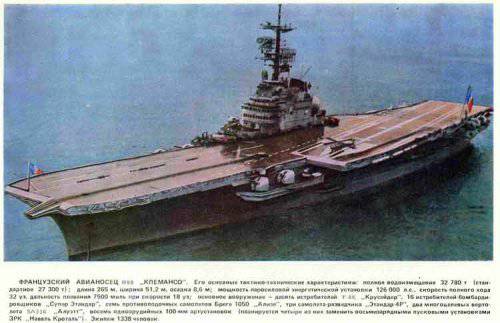
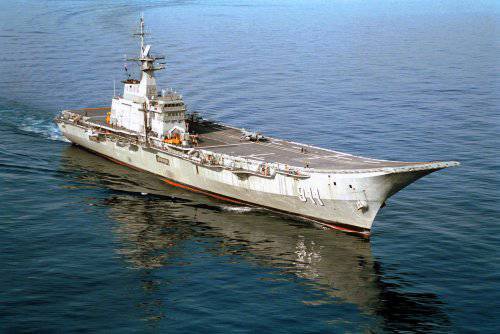
Information